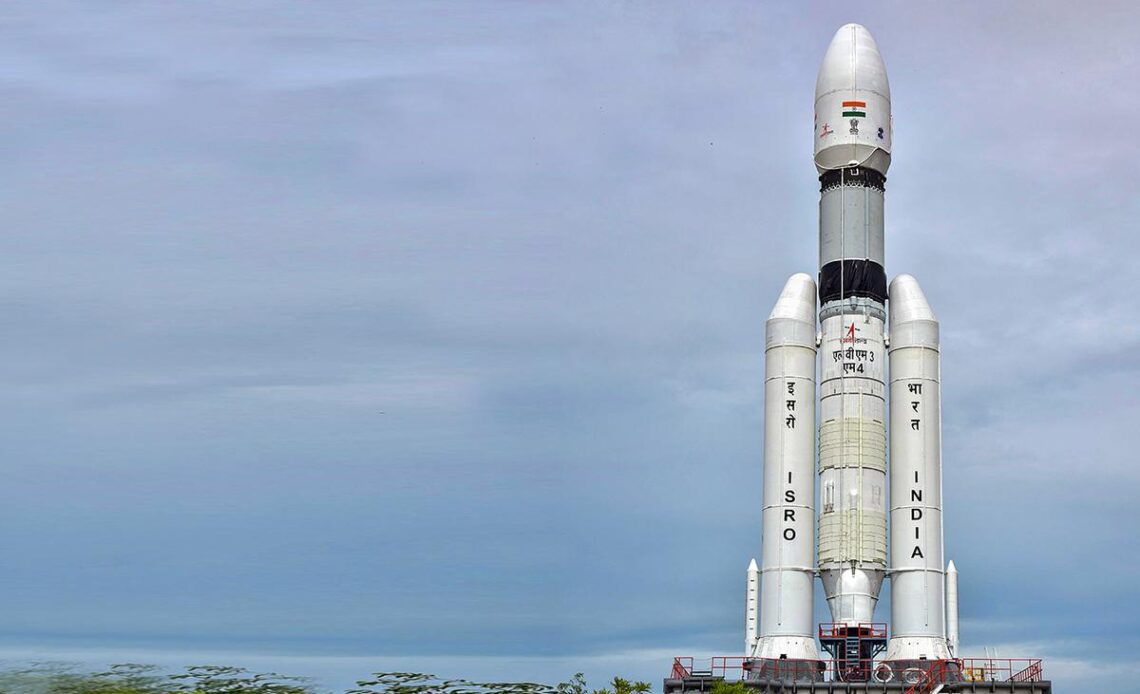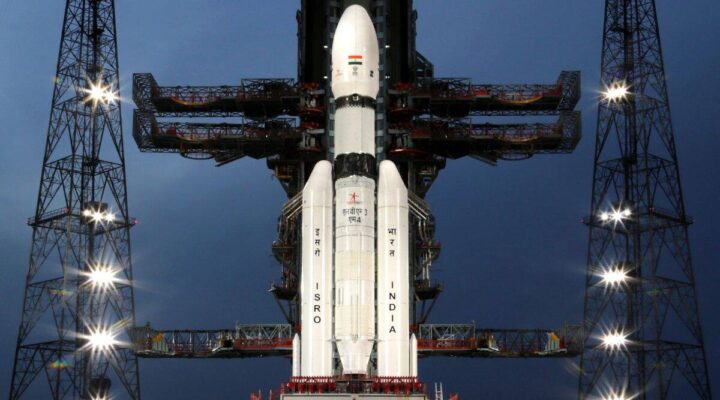
With the launch of Chandrayaan-3 today (July 14), the Indian Space Research Organization (ISRO) is all set to make its second attempt to land a spacecraft on the moon. It was back in 2019 when Chandrayaan-2’s lander and rover crashed on the moon’s surface due to issues that emerged during the last stage of descent. The entire country has erupted with anticipation surrounding the Chandrayaan-3 launch. Once the mission sees a successful ‘Soft’ landing, India will become the fourth country to do so, behind the United States, Russia, and China. Here’s everything you need to know about the Chandryaan-3 mission:
Chandrayaan-3: A Pinnacle in Indian space exploration

Chandrayaan-3’s mission is to demonstrate India’s growing technical capabilities in the field ad conduct of soft landing on the moon. The soft landing is a significant feat in space exploration and India successfully achieving it would make the country one of the key players around the world. A soft landing refers to a spacecraft coming to a near standstill and gently landing on a surface after hurtling through space at speeds 10 times faster than an aeroplane. All of this is done in a matter of minutes and without any human intervention.
The payloads on the lander and rover remain the same as they were in the previous mission. Chandrayaan-3 will carry four scientific payloads on the lander to study the lunar quakes, thermal properties, and changes in plasma near the surface. Additionally, a passive experiment to accurately measure the distance between the Earth and the Moon will also be taking place during the Chandrayaan-3 mission.
The landing site of the latest mission is also reportedly the same as the Chandrayaan-2. The landing site is near the south pole of the moon at 70 degrees latitude. If the mission is successful, Chandrayaan-3 will become the world’s first mission to soft-land near the lunar south pole.
The launch window
Chandrayaan-3 is set to take off at 2:35 PM precisely. The launch window of a spacecraft is crucial due to multiple reasons. If the spacecraft intends to get close to a space station, a planet, or other points in space, the launch needs to be carefully timed so that their orbits overlap at some point in the future. If the weather is bad or a malfunction happens during the launch window then the mission gets postponed until the next launch window appropriate for the flight.

